There was a time when growing up meant less screen time and more face-to-face moments. Plans were made in person, questions were answered by asking someone older, and boredom led to creativity instead of scrolling. You learned through doing, not by clicking. Childhood felt slower, but it carried a kind of freedom that didn’t rely on constant updates. For Gen Z, that unplugged version of life will always be just out of reach.
1. Calling Just to Talk

Teens once picked up a landline to call friends, often speaking with parents first. No texts confirmed availability. Conversations lasted for hours without distractions. Each pause, laugh, or word came through a single connection. There were no emojis, notifications, or multitasking. It was a time when people called simply to talk, not because they needed anything but to stay close.
2. Getting Lost and Asking for Directions

Before GPS, teens navigated with printed maps or by stopping to ask strangers for help. Getting lost wasn’t a crisis. It built patience and confidence. Friends made decisions on the fly and worked together to reach their destination. Every wrong turn became part of the memory. Directions came from people, not screens, and that made the journey as valuable as the arrival.
3. Making Mixtapes for Someone
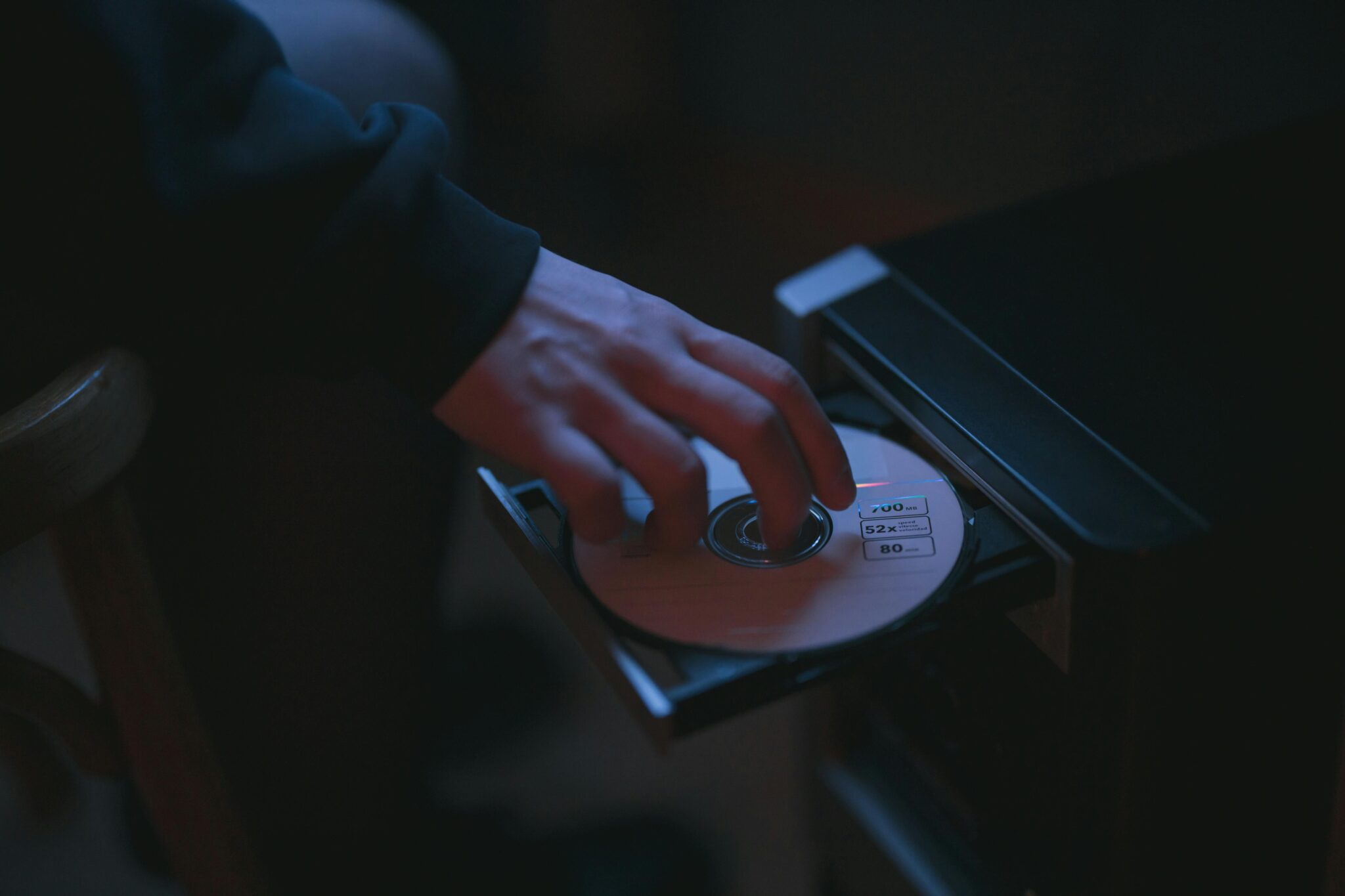
Creating a mixtape meant curating songs one by one from the radio or burned CDs. Each track was chosen with care, often telling a personal story. Handwritten labels and inside jokes added emotional weight. The process took time, intention, and creativity. A mixtape wasn’t just music. It became a form of self expression and a gift that carried meaning beyond words.
4. Passing Notes in Class
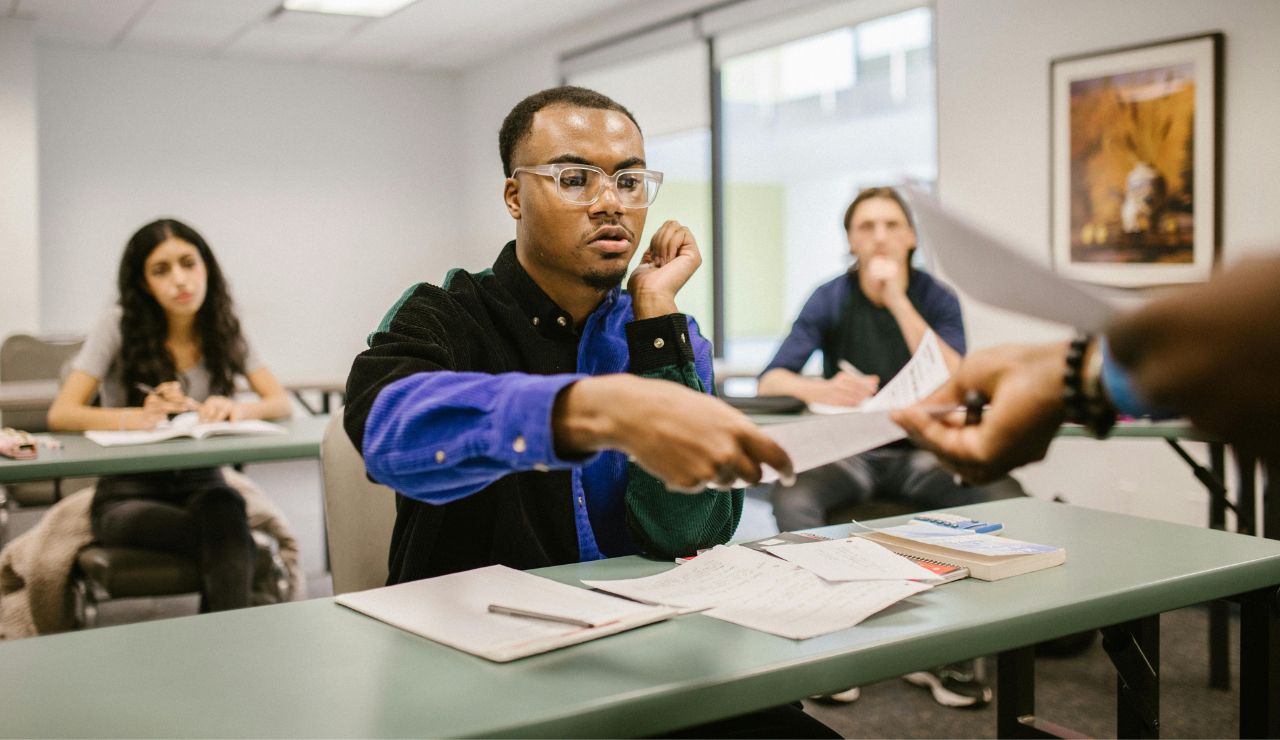
Instead of messaging apps, students wrote and passed folded notes during class. Each message carried personality through handwriting, doodles, and sometimes coded language. Passing a note required timing and trust. If intercepted, it led to embarrassment. If not, it became a keepsake. These small paper exchanges built connections in a way digital messages rarely replicate.
5. Using the Library as a Research Tool

Research meant walking the aisles, pulling encyclopedias from shelves, and using library catalogs. Projects took time and persistence. Teens printed articles from slow computers, highlighted text, and filled notebooks with handwritten facts. Each discovery required effort. Without instant answers, learning became a process that built stronger understanding and curiosity.
6. Getting Photos Developed
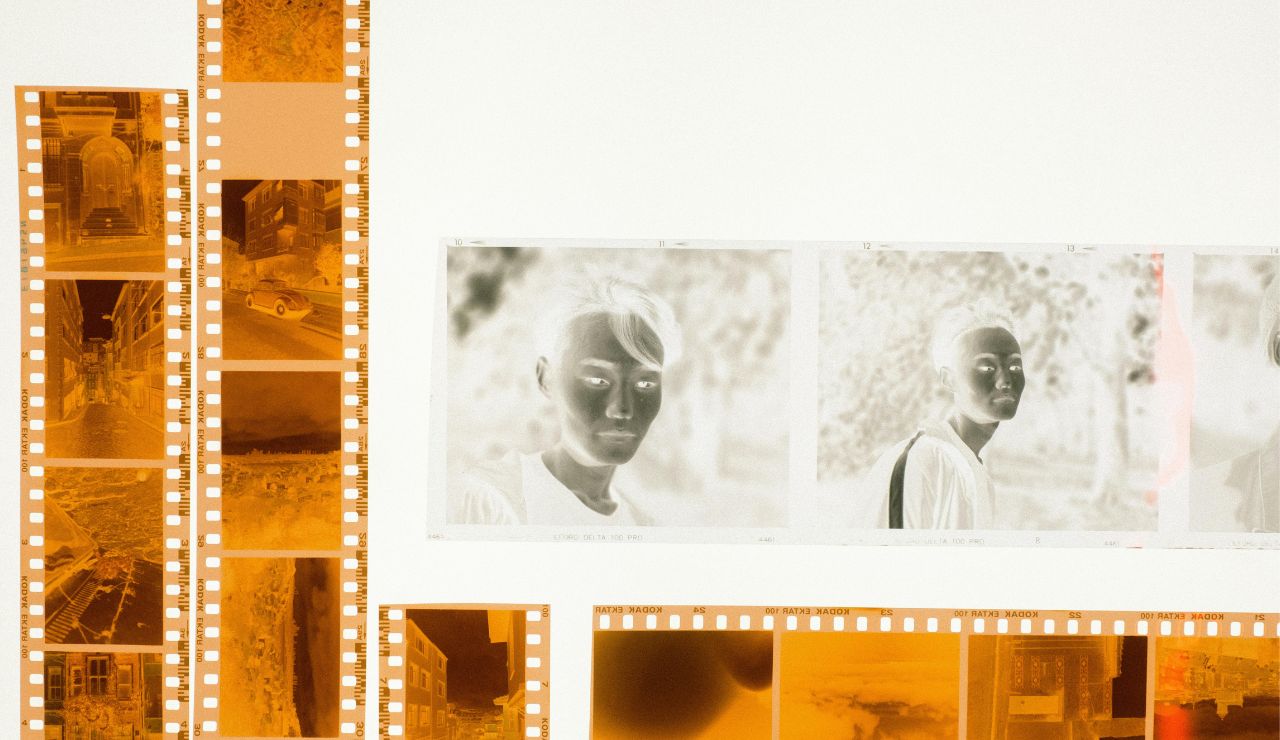
Cameras used film, and each roll held only a limited number of shots. Teens took pictures without knowing the results. After developing the film, they flipped through printed photos, discovering surprises along the way. Some were blurry, some perfect, but all felt personal. Albums and photo boxes preserved these memories, each image holding a moment that couldn’t be instantly reviewed.
7. Meeting Up Without Constant Updates
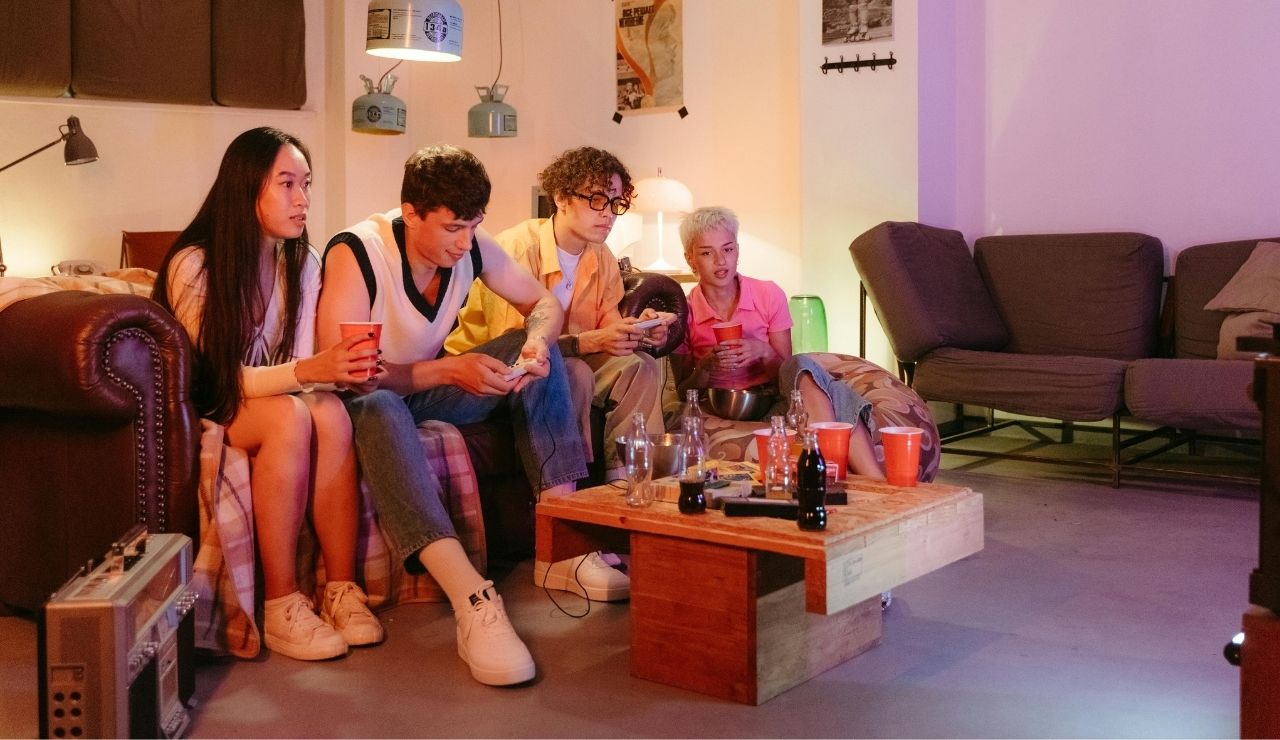
Plans were made days in advance, and people showed up without checking locations in real time. If someone arrived late, friends waited and hoped. There were no texts for last-minute changes or GPS to track anyone. Attention stayed on the people present. Every hangout depended on trust and presence, not reminders or constant digital updates.
8. Looking Up Numbers in a Phone Book

Before smartphones stored contacts, people memorized numbers or flipped through thick phone books. Every home had one near the phone. Calling someone meant finding their last name, dialing manually, and sometimes writing it down for later. There was no synced contact list or quick search bar. Remembering a number showed familiarity. Forgetting it often meant losing the connection entirely.
9. Renting Movies at a Video Store
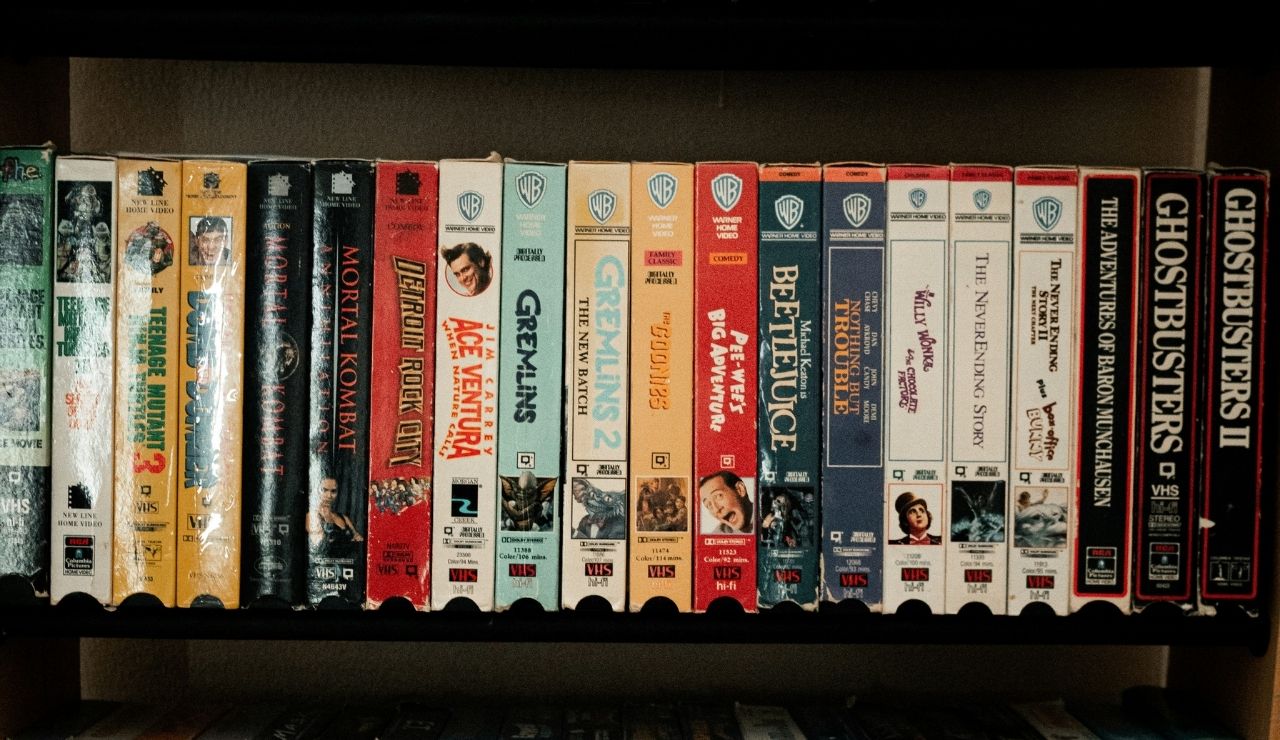
Weekend plans included a trip to the local video rental shop. Teens wandered through aisles, reading movie covers and picking favorites based on VHS artwork or staff recommendations. Sometimes the best titles were already rented out, so backup choices mattered. Late fees added urgency to returns. Choosing a movie wasn’t instant. It felt like a ritual that made the night more memorable.
10. Listening to the Radio to Discover Music
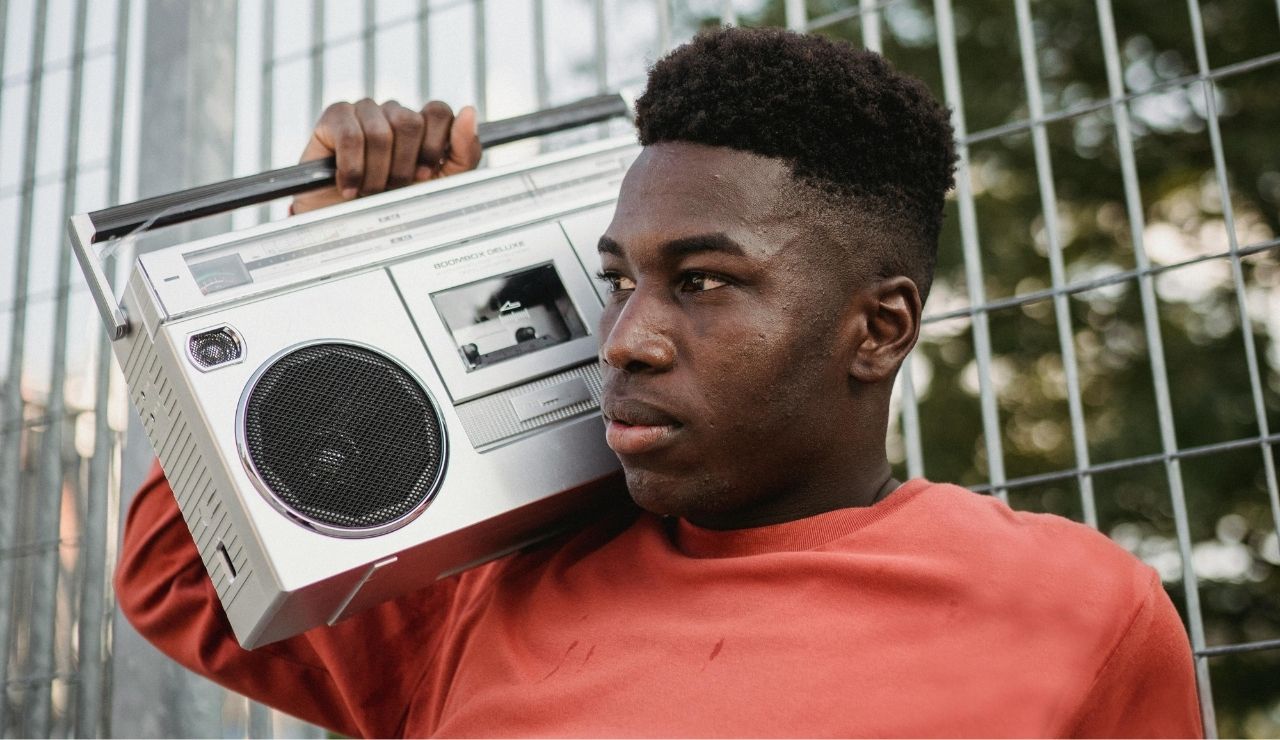
New music reached teens through radio stations. Finding a favorite song again meant waiting for it to play, not searching for it online. Cassette tapes or blank CDs sat ready for recording when the right track came on. DJs introduced artists, took requests, and shaped local music taste. Discovering a hit felt personal. Every replay carried the joy of catching it live.


